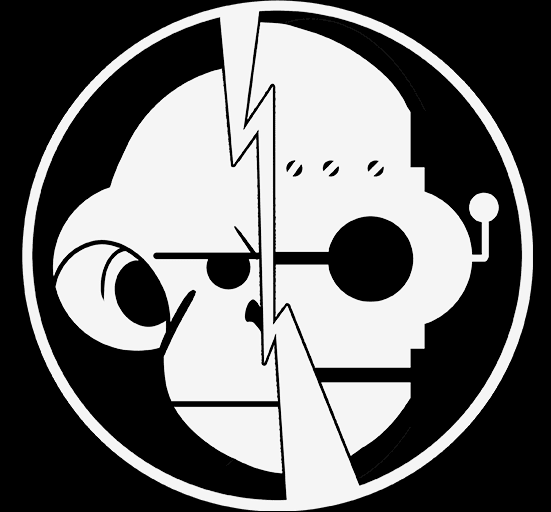The trade for Dry Foot out from Mad Cave Studios on February 24 collects the four-issue mini-series. Standing in contrast to the nostalgic decade of the 1980s, writer Jarred Luján depicts the struggles of Miami’s Latinx community. Joining him is artist Orlando Caicedo coming out of the Webtoon format to display his dynamic action sequences. Backing them up are colorist Warnia Sahadewa and letterer Justin Birch.
The Kids Get A Dry Foot
Luján gives each cast member reasons and motivations for their actions in Dry Foot. They are all in some way affected by Cuban Miami of the 80s, even if it’s not explicitly stated. The Pretty Boy of the group Fabian might be a flirt, but it’s a defense mechanism against his bleak home life. His mom is a drug addict and has a history of abusive boyfriends. From an early age, becoming a pickpocket was his way of surviving.
Then there’s the driving character of Dry Foot, Diego. Diego, among all of his friends, fears the possibility of falling into organized crime. How would the reader react to seeing their community members getting into gang wars and police shootouts? Diego’s only escape is his friends and the movies he enjoys, like Indiana Jones. Dry Foot brings a new perspective on the setting of the 80s; pop culture can be genuinely entertaining like in Hexagon, but for some people, it’s only an escape from reality. When Diego and his friends try out their heist in the style of Indiana Jones, things turn out badly.
The above is not even because of reality setting in for its own sake. It’s a natural character-driven reaction from another cast member, Angel considering his own home life. The setting of Cuban Miami showcases yet again by showing how family members can drive people towards ruin. Angel’s brother is a gang member and provides for his family’s survival. It’s all a genuine tragedy considering how much effort Luján takes to have the reader fall in love with all of these characters in such a short time.
Art of Dry Foot
Caicedo provides his distinctive style of dynamic action to Dry Foot. The panels and character movements have a strong sense of weight and urgency. Take a flashback when Fabian has to pull Diego back from when a police car almost hits him. It’s a big moment that the reader and Diego remember when it comes to who to trust.
Sahadewa provides the series with a number of lighting effects. This includes but not limited to colored lights evoking the neon signs of the 80s. Whenever there are lights on display, it’s an indicator of a big climactic moment. Like when a car suddenly bursts into a room.
Finally, lettering by Birch guides readers across every point of interest in Dry Foot. Every word balloon or SFX is practically an extension of actions on the page. This provides just the right amount of pacing for the reader to get through.
A Short But Sweet Ride
Dry Foot might require a little background knowledge to fully appreciate since it goes so fast. That doesn’t mean that the decisions made by the characters don’t have weight to them. Luján along with his creative team crafts a gripping narrative that takes a familiar 80s and puts them under a new lens. After all of the series that come in reaction to Stranger Things, it’s nice to see something urgent and down-to-earth. That’s what makes rereading this series such a splendor, looking at something familiar with a new context.

